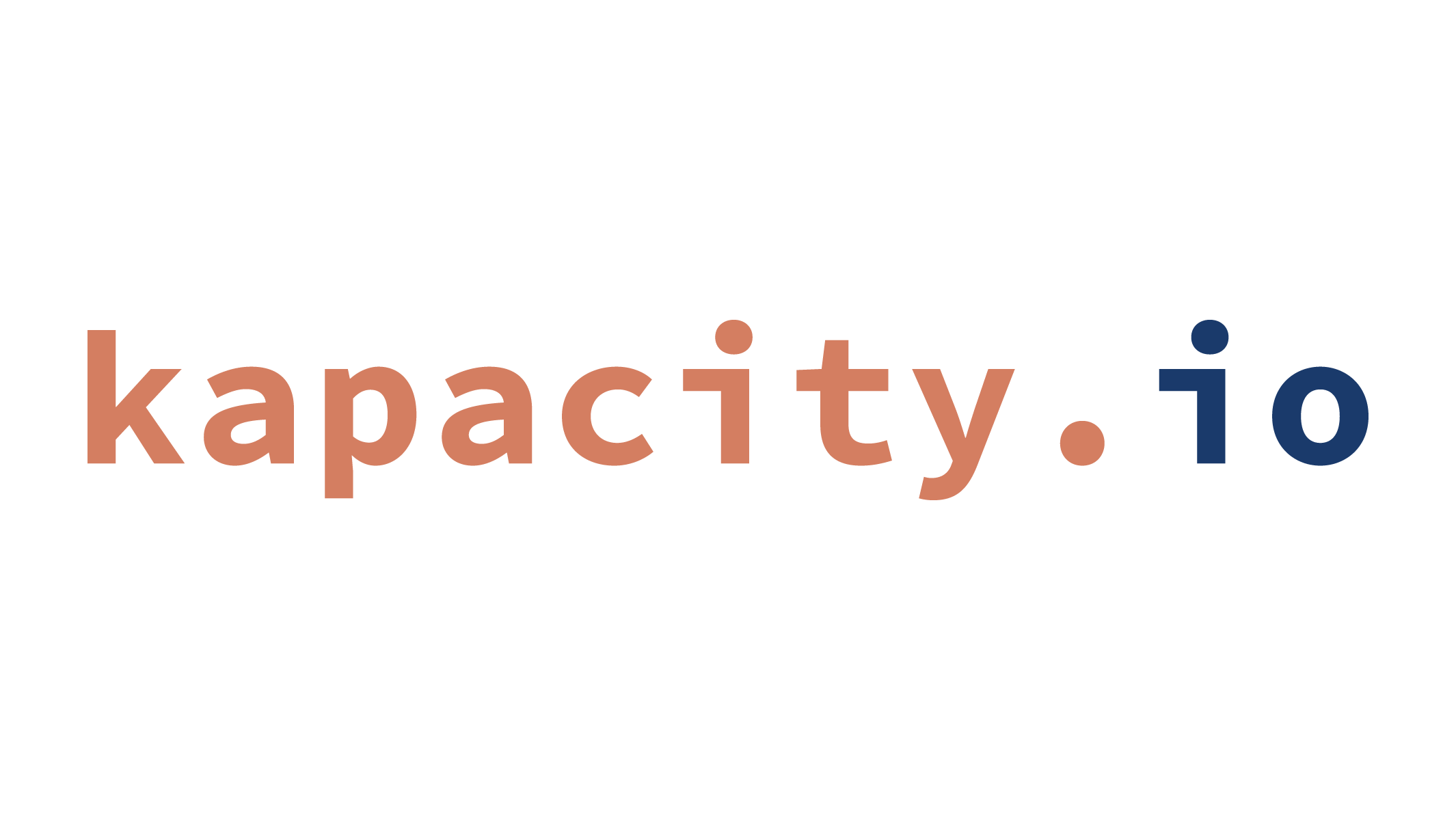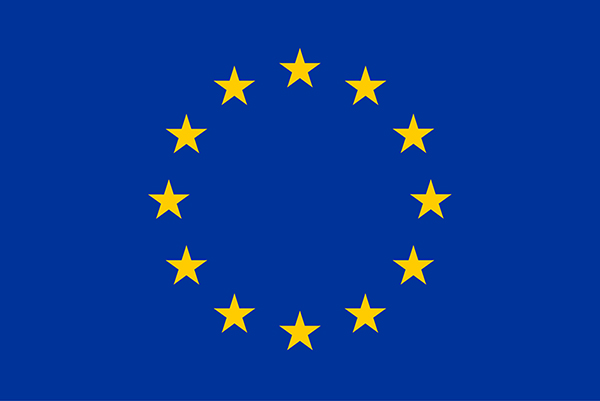The impact of this project is categorised through Scientific, Technological and Economic impact. Each impact category is tracked throughout the project. The following sections discuss in detail the how the project realises the foreseen impact and how the impact is tracked.
Scientific Impact
The major scientific impact of DFR4Grid is dissemination of the methodology and findings from the project through a scientific publication, either in a journal or a conference. Aggregating distributed flexibility resources with the Kapacity.io aggregation platform connected to the Single Flexibility Platform is a scientifically relevant use-case for the wider community in the field of energy, power systems and building engineering. The Kapacity.io aggregation platform has been designed for optimal control and aggregation of distributed controllable electricity assets, like heat pumps in buildings, making it a scientifically novel demonstration of aggregating buildings via a market platform offering access to multiple local and national flexibility markets. Furthermore, it serves as the first real demonstration of using an aggregation platform together with a market platform which has been developed based on the Interoperable pan-European Grid service (IEGSA) architecture in the Nordic region. The Kapacity.io team has experience from multiple successful academic publications with affiliations at Loughborough University and Aalto University. Through successful dissemination of the methodology and results in a scientific journal or conference, TSOs and DSOs can utilise the findings in development of marketplaces, technologies and regulations. Progress towards achieving at least one scientific publication is tracked via project milestones.
Technological Impact
The technological impact of DFR4Grid is the demonstration of a novel end-to-end product that digitizes the registration, bidding and activation processes when participating in flexibility markets. The approach developed by Kapacity.io optimally controls individual resources as part of a wider pool. This pool is then aggregated to deliver flexibility services. Another unique element in the platform is that it enables buildings to participate in demand response without the need of adding extensive hardware in buildings, since it uses directly existing IoT and automation systems. The product incorporating the Kapacity.io aggregation platform with the Single Flexibility Platform would thus extend the state-of-the-art technologies developed under the INTERRFACE project.
The flexibility potential in buildings is significant due to the ongoing electrification of heating, which forms the basis for significant technological potential of flexibility in buildings. For example, the heat pump market grew by 12% every year 2015-2018 in the EU and in 2018 1.3 million households bought a heat pump. Assuming that approximately half of the new heat pumps purchased in 2018 could be integrated to flexibility markets via platforms like the one Kapacity.io provides, and half of this capacity would be flexible, would create approximately 3200 MW of flexible capacity for the electricity system.
The technological impact is measured by the number of successful bids made to the Single Flexibility Platform and the amount of flexible capacity in kilowatts qualified during the project. Tracking the flexible capacity allows measuring the impact on the electricity grid. The technological impact is also measured through the number of customers connected to the Single Flexibility Platform and their geographical location for piloting the local congestion management (CM) markets as highlighted in the business use case. Kapacity.io has customers with heat pumps from different parts of Finland, who have expressed written willingness to participate in the project, so they can take part in development of the Single Flexibility Platform.
Economic Impact
The economic impact of the project is that consumers get better services and more economic value from their flexible assets. This is unlocked by using their resources more effectively in flexibility markets by combining the aggregation platform with the Single Flexibility Platform. For the wider community and industry, DFR4Grid is a practical realisation of a novel business model for conducting aggregation business with distributed flexibility resources. Kapacity.io has developed a service-based business model for real estate owners to participate in the flexibility markets. The business model is to integrate customers with minimum installation costs and share the revenue from exercising the flexibility of building loads. This makes it very attractive for even smaller consumers to participate and gain revenue from their flexibility.
The economic impact is tracked by estimating the revenue potential that the Kapacity.io platform could achieve from flexibility markets based on the data gathered during the project. The potential economic impact for consumers from wider adoption of aggregation of heat pumps is significant. In Finland, an average consumer with 4000 kWh of annual consumption pays approximately 710 EUR for electricity annually. The earnings potential from participation in mFRR would reduce the electricity bill of the consumer by 36%.
For more details, please consult with the project presentation.


 This project has received funding from the European Union’s Horizon 2020 research and innovation programme under grant agreement No 824330
This project has received funding from the European Union’s Horizon 2020 research and innovation programme under grant agreement No 824330